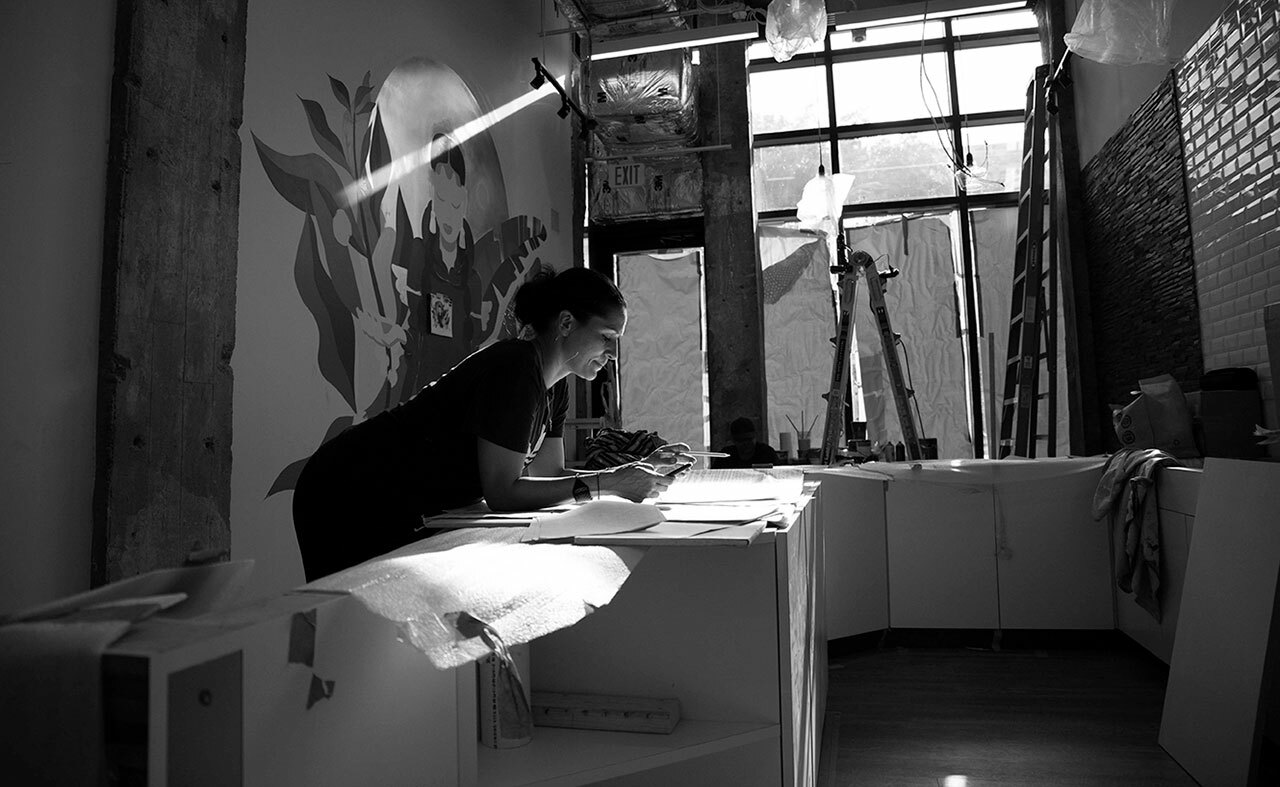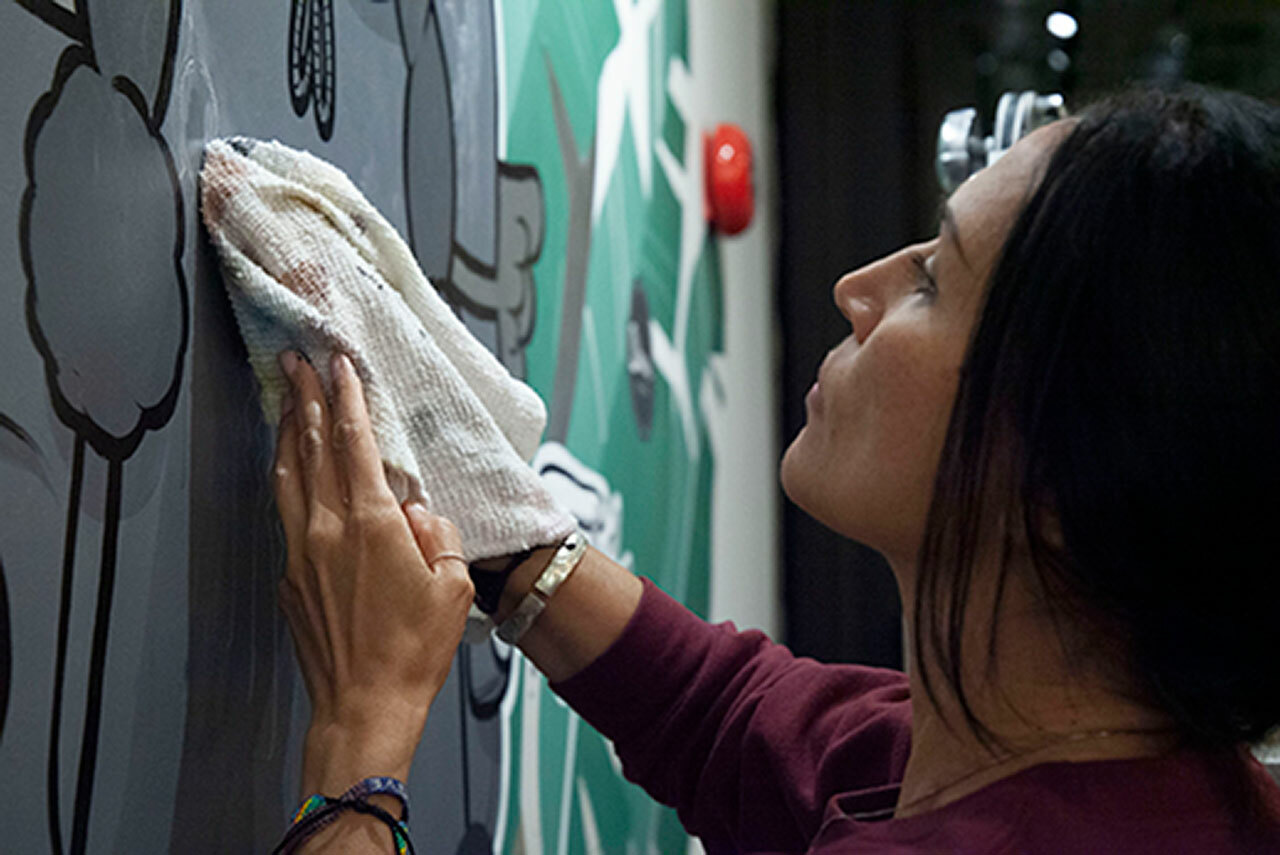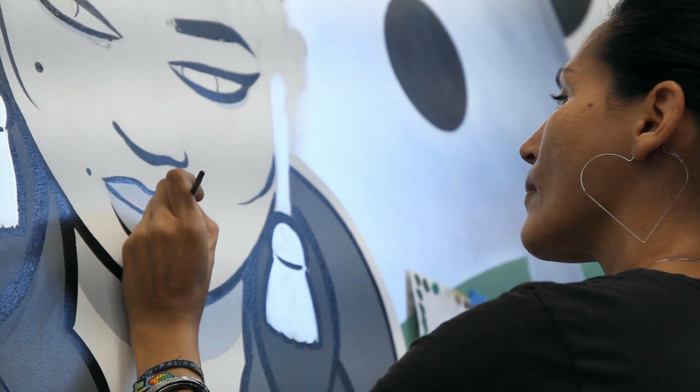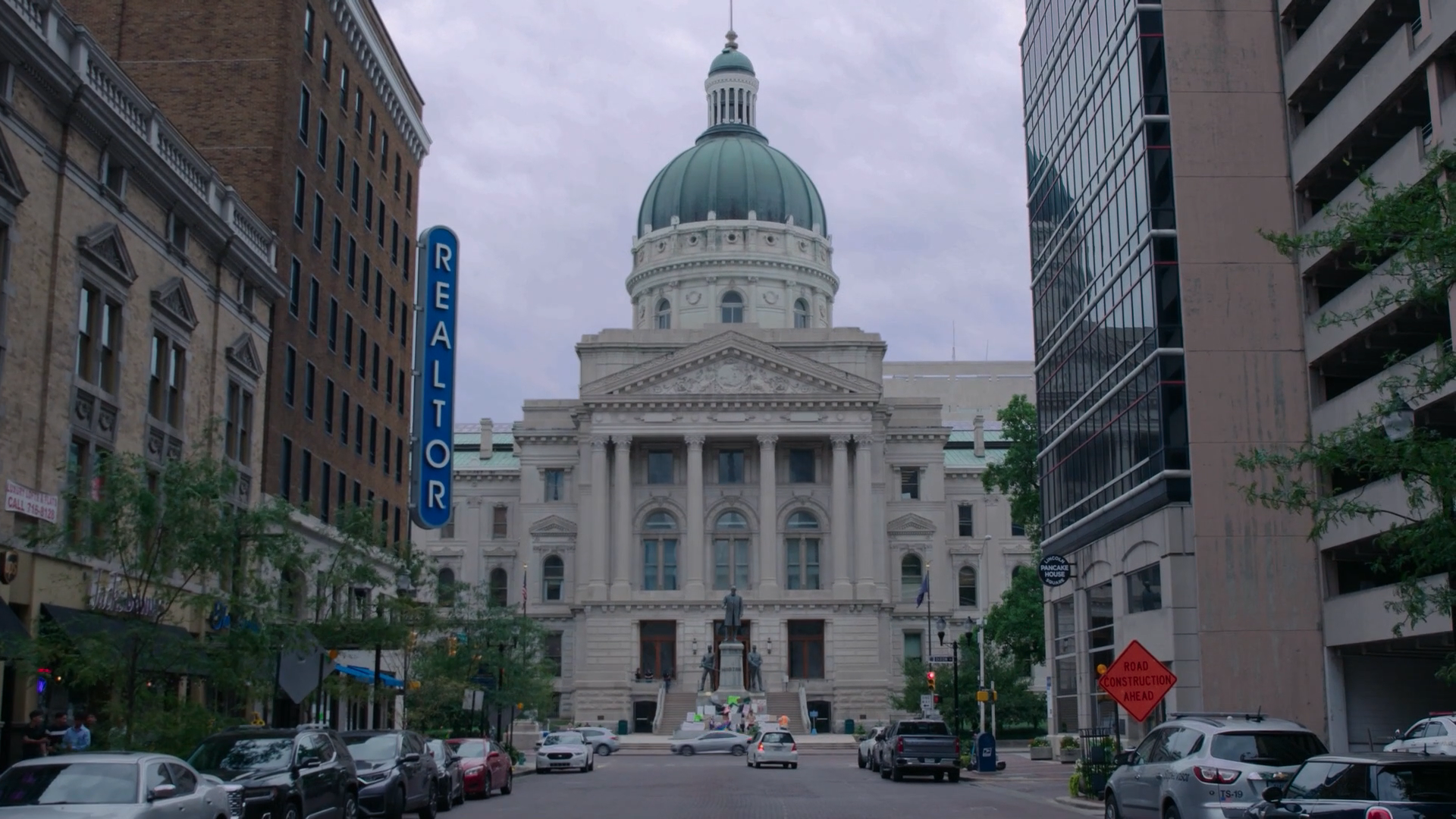Filmmaker Interview: Sara T. Gama of 'Miss Chelove' Wants Us to Hear From Diverse Voices

Editor’s Note: This article was previously published for Reel South on August 21, 2022.
Foreword from Nick Price, Series Producer of Reel South
This month we celebrate filmmaker Sara T. Gama's debut on PBS with the marvelous film and story of Cita Sadeli, a.k.a. MISS CHELOVE. This DC duo is a creative force that inspires us to see past easy representations and expectations. The two inspire us to see ourselves in their work and their individual stories and find a way home by creating it in our own visions.
Cita is an artist and now coffee shop entrepreneur, opening DC's very first Indonesian specialty coffee house, a Java house if you will. Cita brings her Indonesian heritage and creativity to the downtown business scene. I think about this juxtaposition. With one foot in the creative roots of Washington's DMV region, hearkening back to the glory days of punk and grunge, and one in the internationally-trodden K street suites, we understand that living this duality makes for a striving woman who remains comfortable in her place, knowing well the patrons and audiences she calls her neighbors.
Gama, too, relinquishes nothing in her own output of a story that prioritizes art and heritage in an environment where no one and everyone fits in––a glass wall, is a glass wall. Gama's connection to Cita's art and Cita's story, a glass pane between the two, shows the significance and impact that shared histories can be relied on for a bolder, sweeter story –– a shared investment for them and their communities.
We're proud to call this film Southern and let the DMV and the region around us know that these two Indonesian/Arab women's stories are part of our tapestry.

The latest Reel South short "Miss Chelove: From Java to the Streets of D.C.," follows Indonesian-American artist Cita Sadeli, a.k.a. MISS CHELOVE. The film shows Sadeli working on a mural in a soon-to-open Indonesian coffeehouse in Washington, D.C. As she paints, Cita talks about her life in the DMV area, her cultural heritage, the influence of punk and hip-hop on her life, and how she came to fall in love with graffiti in the 1980’s when there were few women drawn to the art at the time.
Sara T. Gama is the director of "Miss Chelove: From Java to the Streets of D.C." and before the film's premiere, Reel South digital producer Heather Nunerley connected with Gama to get insight to the creation of the short. This interview has been edited for clarity.
Heather Nunerley: "Miss Chelove" follows a woman in a traditionally male-dominated art form. How do you hope Cita's story will be received by viewers?
Sara T. Gama: When you look back at the history of the arts the contributions of female artists are often missing, and that applies to our own times as well. I hope that viewers will be glad to learn about Cita aka MISS CHELOVE and her experiences growing up - and coming up - in the graffiti and visual arts scenes in the Washington D.C. area. I do believe that the more we hear from diverse voices the richer our own understanding becomes.
Heather: What do you hope viewers learn from Cita and your film?
Sara: There's a lot to learn from the microcosm of Cita's story. Viewers can learn a little a bit about the experience of being Indonesian-American, and there's a lot to learn about the graffiti scene in Washington D.C. as well as our famous music scene. Above all I hope people feel heartened by Cita's resilience, as well as the beauty and soulfulness of her art.
Heather: Were there any moments you wish you could have included in the film? Any scenes that you wished you captured?
Sara: One thing I wasn't quite able to capture was the sheer physical effort of Cita's work, which can be similar to construction conditions. The mural she created at Dua DC coffeeshop was a small one and an interior installation. Those specific conditions meant that I couldn't capture her working out in the elements, or up in a cherry picker for example. Yet I was able to get close to her physically and film close-ups that would have been difficult for me to capture in a more intense situation.
Heather: What was your favorite part of "Miss Chelove"?
Sara: Every scene is a favorite! As a music lover though I am fond of the two montages that we created to express Cita's time in the punk and hip-hop/electronic music scenes. Not only do we have music from two great D.C. bands we also have footage from amazing local D.C. filmmakers Paul Bishow and Jeff Krulik to bring those eras to life.
Heather: Do you have any insight into Cita's art history and how her art has changed over time?
Sara: It's difficult to speak specifically for Cita, but I can say that graffiti is a letter-based art and Cita advanced quickly to murals which are the focus of her work now. I believe every mural she creates gives her a chance to grow as she takes such a holistic approach to her art. She considers the history of the site and the neighborhood as well as the environment, the people who walk by every day, and then weaves it all into a visual story through her own perspective.

Heather: As a female in a male-dominated industry myself, I found myself drawn to Cita. Was it the same for you? How do you see yourself in Cita's story and her art?
Sara: Yes, I very much related to Cita's story because of my own experience as a female in a male-dominated industry. I related to how the D.C. music scene gave her a place to figure out her identity as well, I too had the good fortune to come of age in D.C. during our golden age of live music and dancing. I feel that those shared experiences gave me a way in to telling her story, but I also enjoyed and learned a lot from the differences in our stories, particularly about her experience growing up Indonesian in the DMV.
Heather: What is next for you? Any projects or teases you can share with us?
Sara: I have a couple of documentary ideas I'm trying to get off the ground, both revolve around creatives. I'm enjoying working one on one with artists right now, there's a rich exchange of ideas that comes from it. I also write and direct narrative films and I'm writing a short script with an Arab-American protagonist that involves time travel. I can't say more than that!
Miss Chelove

More like this
Visit the Behind The Lens Blog


